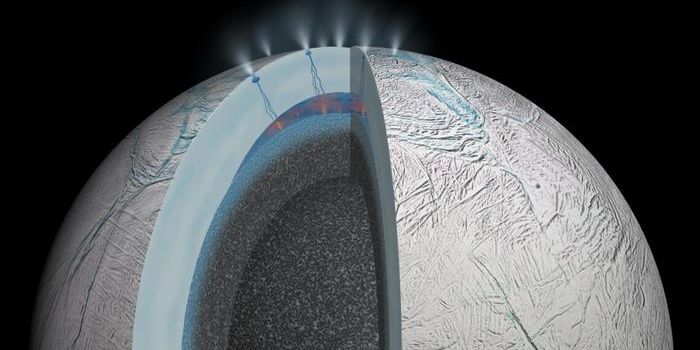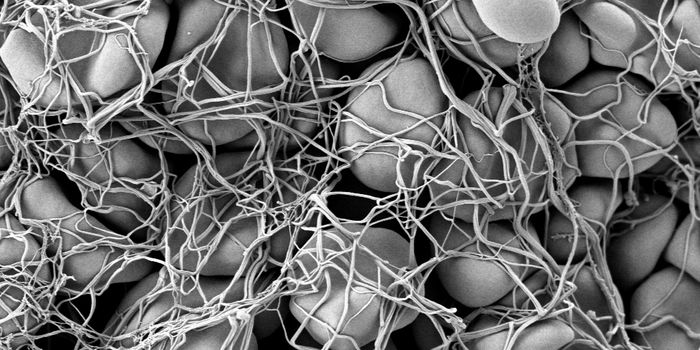Microcephaly is a rare developmental defect that causes an infant’s head to be smaller than normal at birth. While sometimes it is just a problem with head size, it can also cause devastating complications such as retardation, seizures, delays in speech development, and difficulties with coordination and balance. There has been a marked increase in interest in this condition because it is a complication seen in infants born to women infected with Zika virus. In the video below, a woman talks about her experience raising children with microcephaly.
Aside from Zika, microcephaly can have environmental or genetic causes that end up reducing the number of neurons in the brain. Researchers investigating microcephaly utilized one known genetic mutation that leads to microcephaly in order to learn more about it.
Mutations in the NDE1 gene, which normally helps control the motor protein dyenein, causes severe microcephaly. Due to its function, it was suspected as having a role in microcephaly defects long ago, and that role was confirmed in human microcephaly patients. While other genetic causes of microcephaly have been indentified, the disease associated with the loss of NDE1 is the most severe compared to the other genes. As such, the researchers used rat brains to study how loss of the NDE1 protein caused the brain defect. In their study, they highlighted the use of the openly available
Allen Developing Mouse Brain Atlas to ascertain gene expression in the brain.
Richard Vallee, a Professor of Pathology and Cell Biology at Columbia University, led the
study, which was reported in Nature Communications. The video below explains their results, which found that defects in the NDE1 gene cause stem cells to completely stop dividing or proliferating.
Specialized cells called radial glia progenitor (RGP) cells in the developing rat brain were the focus of this work. They are very elongated stem cells that normally undergo fast, repeated divisions as the brain develops over months. When the NDE1 gene was disrupted, it totally halted the division of stem cells even before it had started by interfering with a variety of cellular growth processes.
The results suggest several ways in which microcephaly might occur in the fetal brain. Additionally, the work may help show how the Zika virus impacts cells of the developing brain. The Vallee lab is currently working in collaboration with other researchers at Columbia, Vincent Racaniello, PhD and Amy Rosenfield, PhD of the Department of Microbiology, to understand how neuronal cell damage caused by NDE1 defects is different from that caused by Zika virus.
Sources:
AAAS/Eurekalert! via
Columbia University,
Mayo Clinic,
Nature Communications


















































